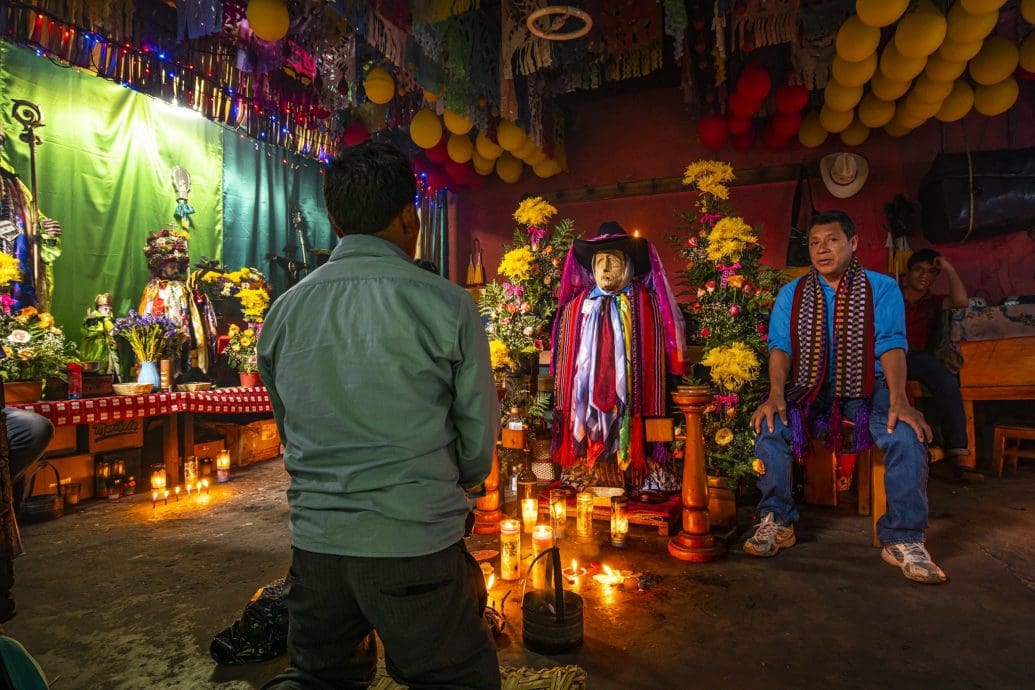Theraputic Massage in Lake Atitlan Resort
Pamper yourself with a theraputic massage at Los Elementos Day Spa. Enjoy a massage with th...
Guatemala is a country rich in history, culture, and natural beauty, making it an unforgettable destination for travelers. From ancient Mayan ruins to vibrant colonial cities, every corner of this country tells a story. As someone who has called Lake Atitlán home for over 20 years, I’ve explored the depths of Guatemala’s history firsthand. Let me guide you through the top historical sites in Guatemala—places that will enrich your understanding of this fascinating country.
In this blog, we’ll uncover the mysteries of ancient Mayan civilization, marvel at colonial architecture, and experience cultural traditions that have stood the test of time. Here are eight historical sites you simply can’t miss.
Tikal is one of the greatest archaeological treasures in Central America. Hidden in the northern jungle, this UNESCO World Heritage site was once a thriving city in the Mayan empire. Today, visitors can explore over 3,000 structures, including massive pyramids, ceremonial plazas, and intricate stone carvings that offer a glimpse into an advanced ancient civilization.
Climbing Temple IV, the tallest structure in Tikal, rewards you with panoramic views of the dense jungle canopy. As you ascend, the calls of howler monkeys echo through the trees, and the sight of toucans darting between branches adds a touch of magic to your visit. Don’t forget to bring a sturdy pair of shoes and plenty of water for your adventure.
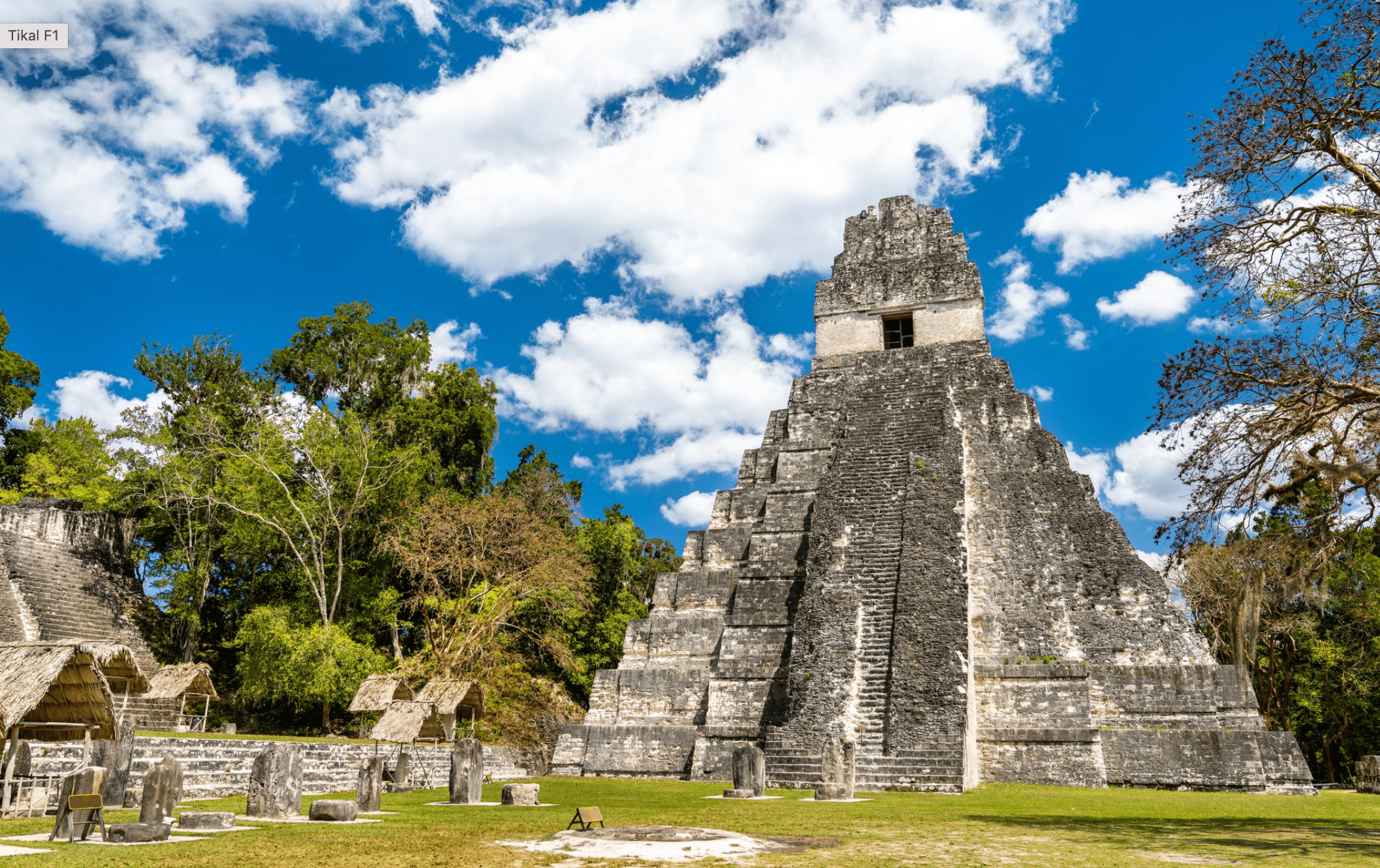
Stepping into Antigua feels like stepping back in time. Once the capital of the Spanish Empire in Central America, this picturesque city is a showcase of colonial architecture. Cobblestone streets lead you to ornate churches, monasteries, and convents, some in ruins and others restored to their former glory.
DIVE DEEPER —> For more ideas of what to do in Antigua, check out our guide “THE BEST Tours & Excursions in Antigua Guatemala”.
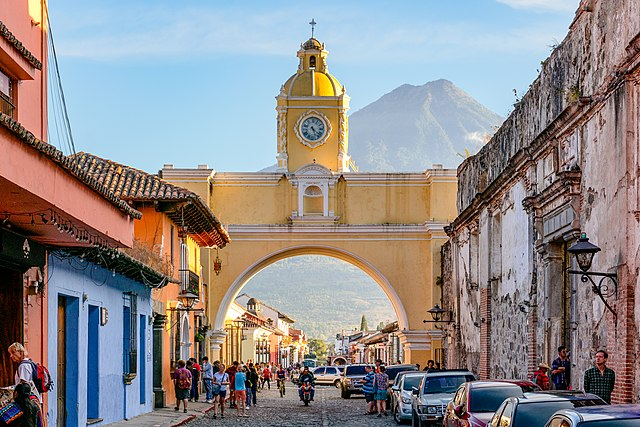
Known for its vibrant market, Chichicastenango—or "Chichi"—offers much more than just shopping. On market days (Thursday and Sunday), the town comes alive with a kaleidoscope of colors as locals sell intricate textiles, fresh produce, and handcrafted goods.
DIVE DEEPER —> Check out our guide “Everything You Need To Know Before Visiting the Chichicastenango Market in Guatemala”.
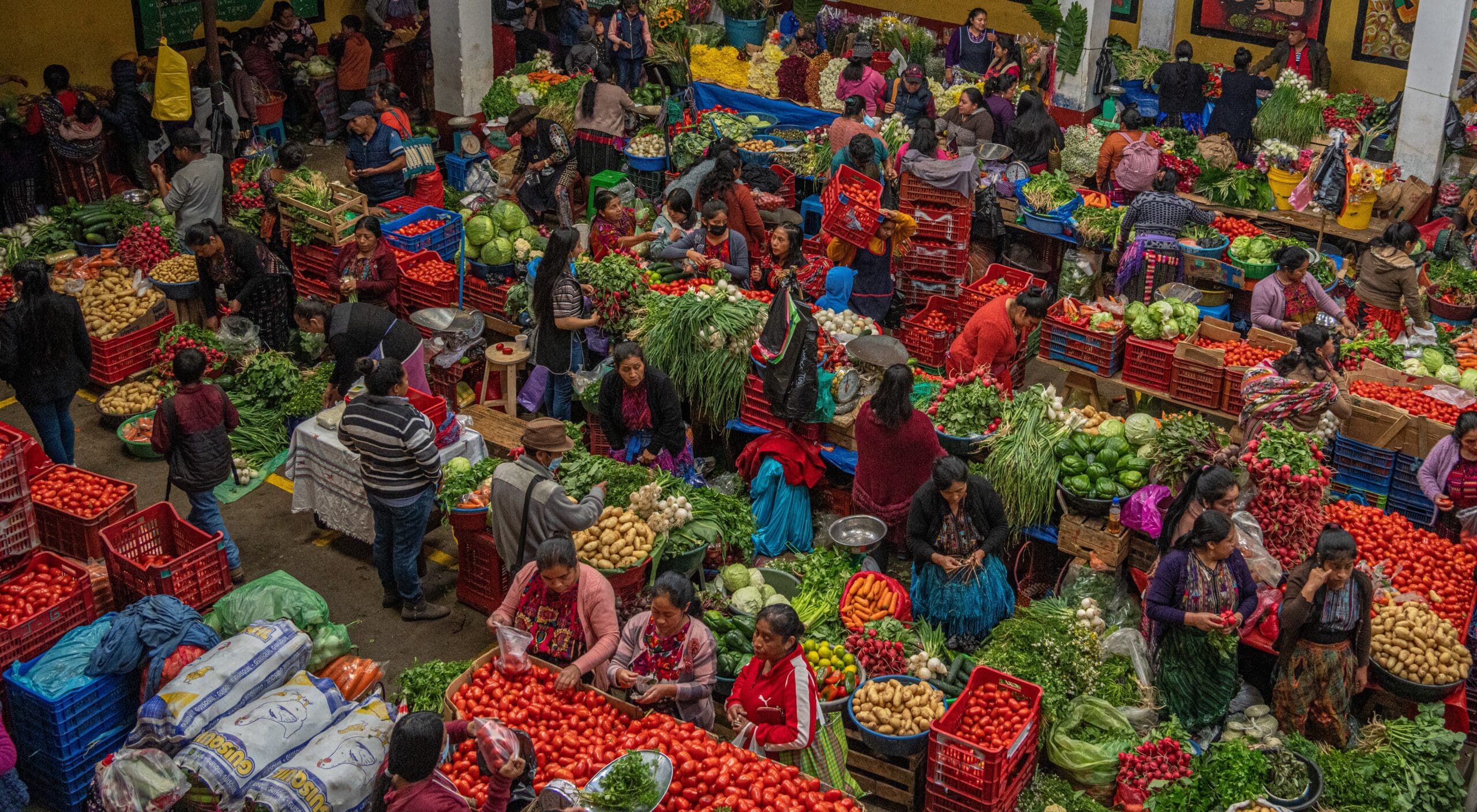
Quetzaltenango, often called Xela, is a city that weaves together Mayan heritage and European architectural styles. Before the Spanish conquest, Xela was the capital of the K’iche’ kingdom. Post-conquest, the city’s architecture took on Greek Revival and Neoclassical styles due to the influence of German and Italian settlers.
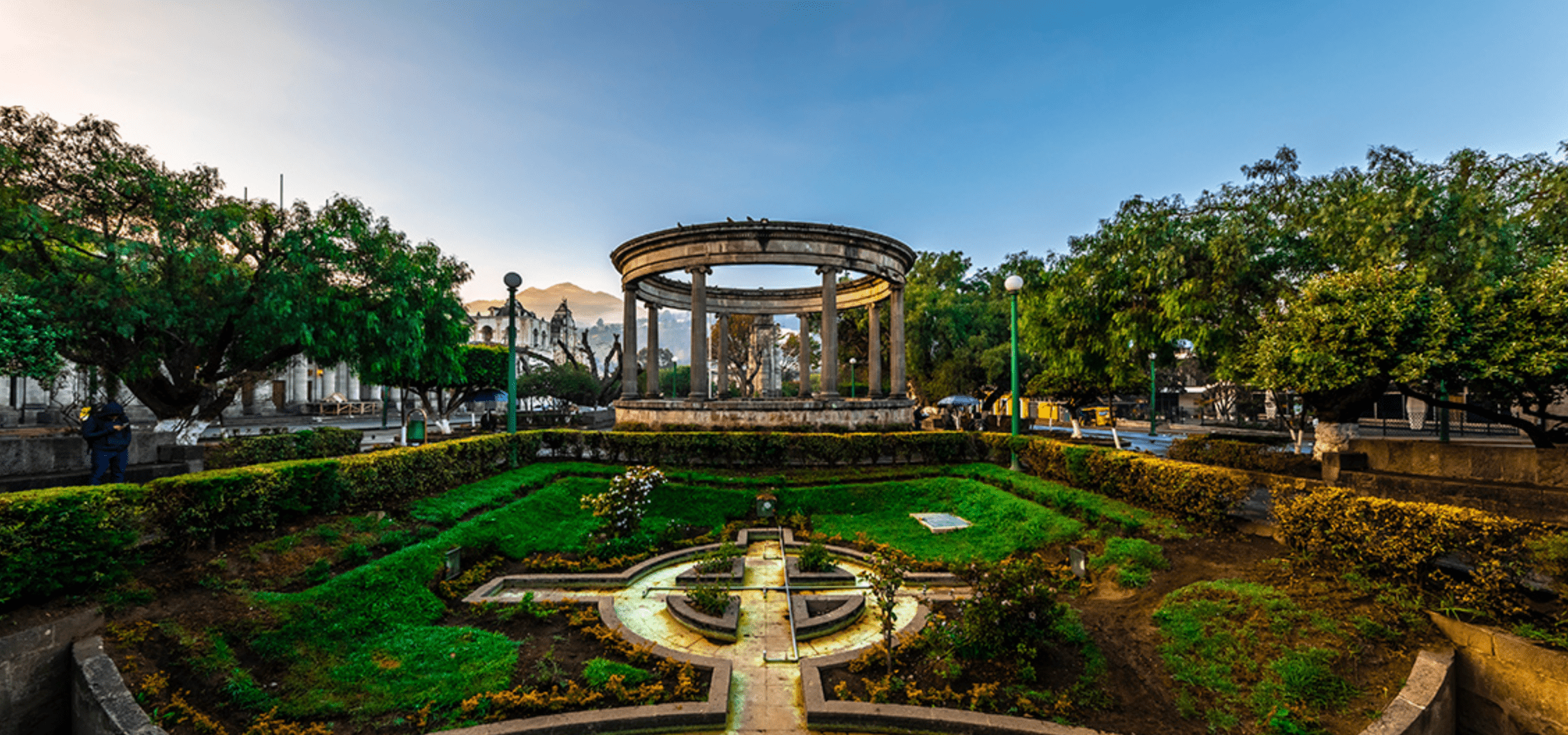
San Juan la Laguna, a charming town on the shores of Lake Atitlán, is a living testament to the resilience of Mayan culture. Here, you can visit weaving cooperatives where artisans demonstrate traditional techniques passed down through generations.
The town’s vibrant murals and art galleries tell stories of Mayan myths and daily life. Don’t miss a visit to a coffee cooperative to learn about the region’s coffee-growing heritage. Whether you walk the steep streets or take a tuk-tuk, San Juan la Laguna offers an authentic cultural experience that lingers long after you leave.
TOP TIP —> If you don’t have much time to spend in Lake Atitlan, this full-day trip of Lake Atitlan takes you from one end of the lake to the other by boat with an English-speaking guide and walking tours in each village.
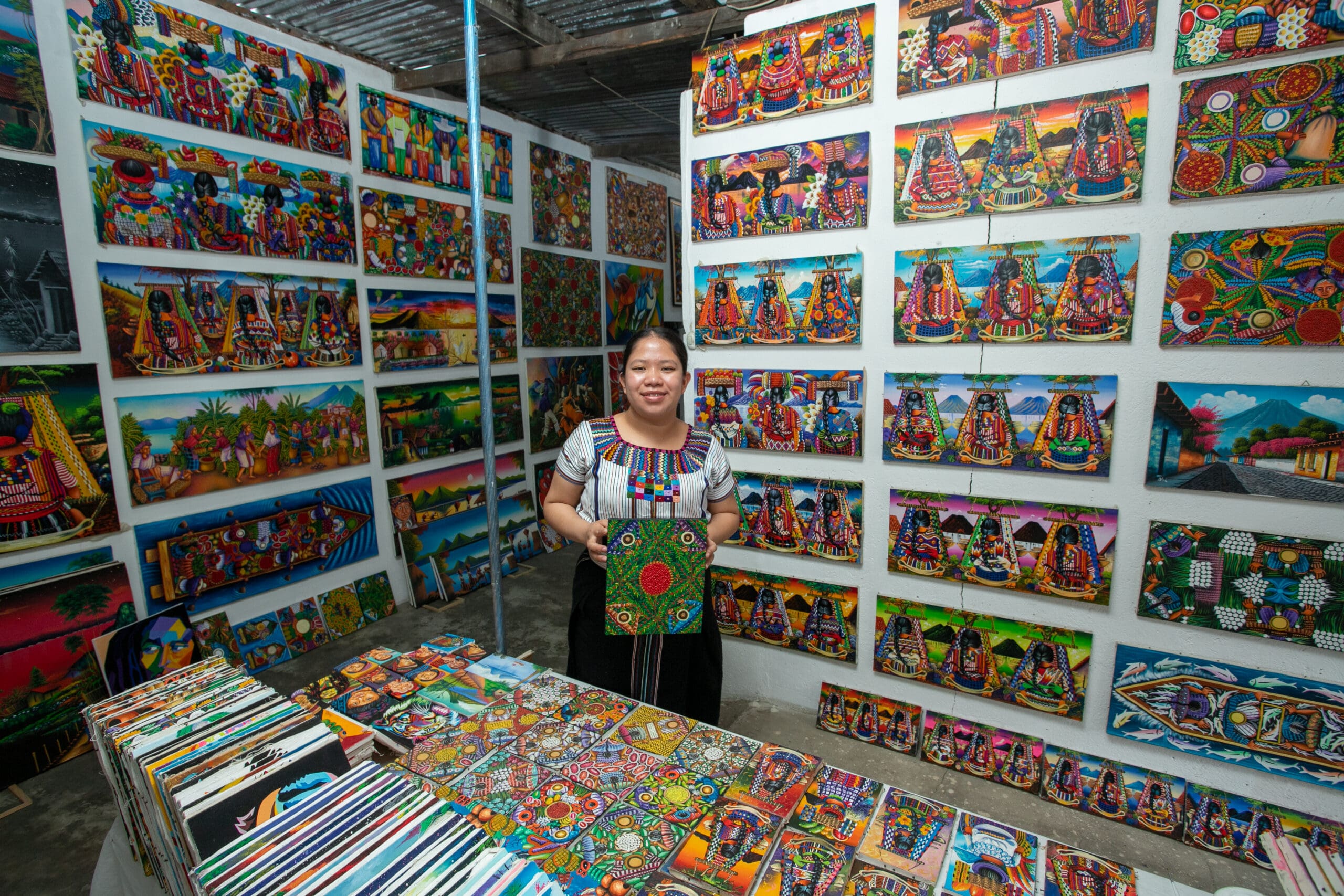
As the capital of Guatemala, Guatemala City is a hub of cultural and historical landmarks. The Presidential Palace and the Metropolitan Cathedral are two highlights that reflect the city’s colonial and modern history. The cathedral’s interior is adorned with 17th-century art, and the 12 pillars outside stand as a somber reminder of those lost during the civil war.
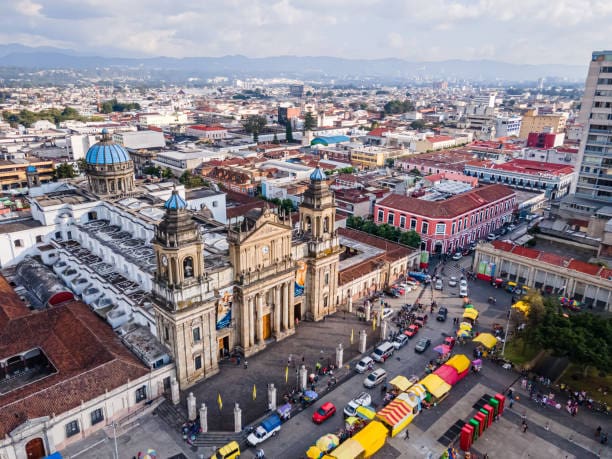
The sacred caves overlooking Lake Atitlán have been central to Mayan spirituality for centuries. These natural sanctuaries were historically regarded as portals to the underworld, or Xibalba, playing a crucial role in Mayan cosmology and religious practices. Ancient Maya utilized these caves for rituals, including offerings and ceremonies intended to communicate with deities and ancestral spirits, seeking guidance, fertility, and protection. The enduring use of these caves underscores their significance in preserving Mayan cultural and spiritual traditions.
Participating in a Mayan fire ceremony within these sacred caves offers profound insight into indigenous traditions. Guided by a knowledgeable cultural expert, you'll learn about the ceremony's significance and engage in personal meditation inspired by ancient practices. As part of the ritual, you'll receive candles to imbue with your thoughts, prayers, and intentions before offering them to the fire, mirroring traditional Mayan customs.
For an authentic experience led by an official Mayan shaman, consider joining our Mayan Fire Ceremony with Shaman tour. This journey not only immerses you in a sacred ritual but also deepens your understanding of the rich cultural heritage that continues to thrive in the highlands of Guatemala.
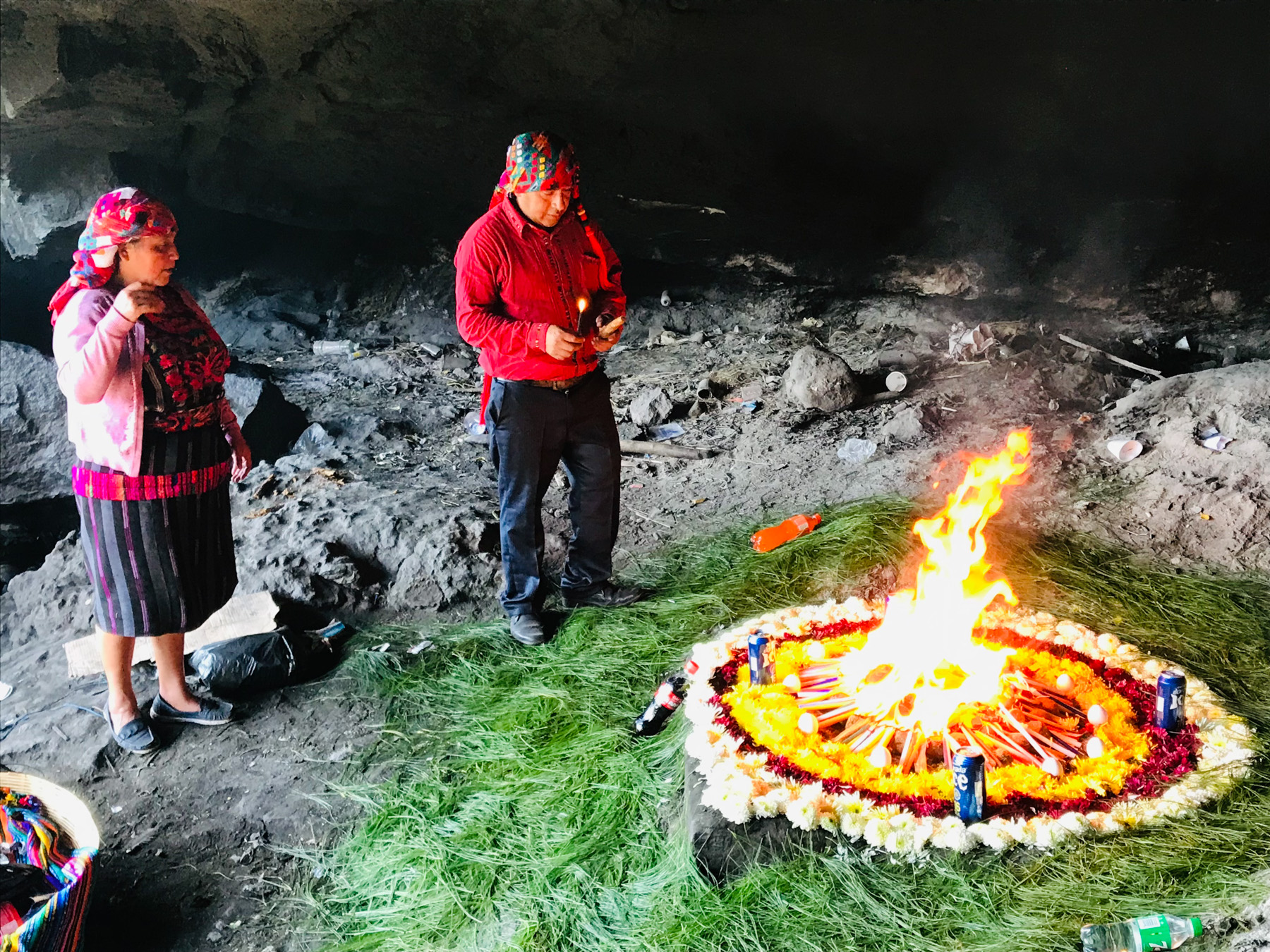
Nestled on Guatemala's Caribbean coast, Livingston is a vibrant town accessible primarily by boat, either from Puerto Barrios or via a scenic ride along the Río Dulce. Unlike the rest of the country, Livingston exudes a distinct Afro-Caribbean ambiance, attributed to its Garifuna population.
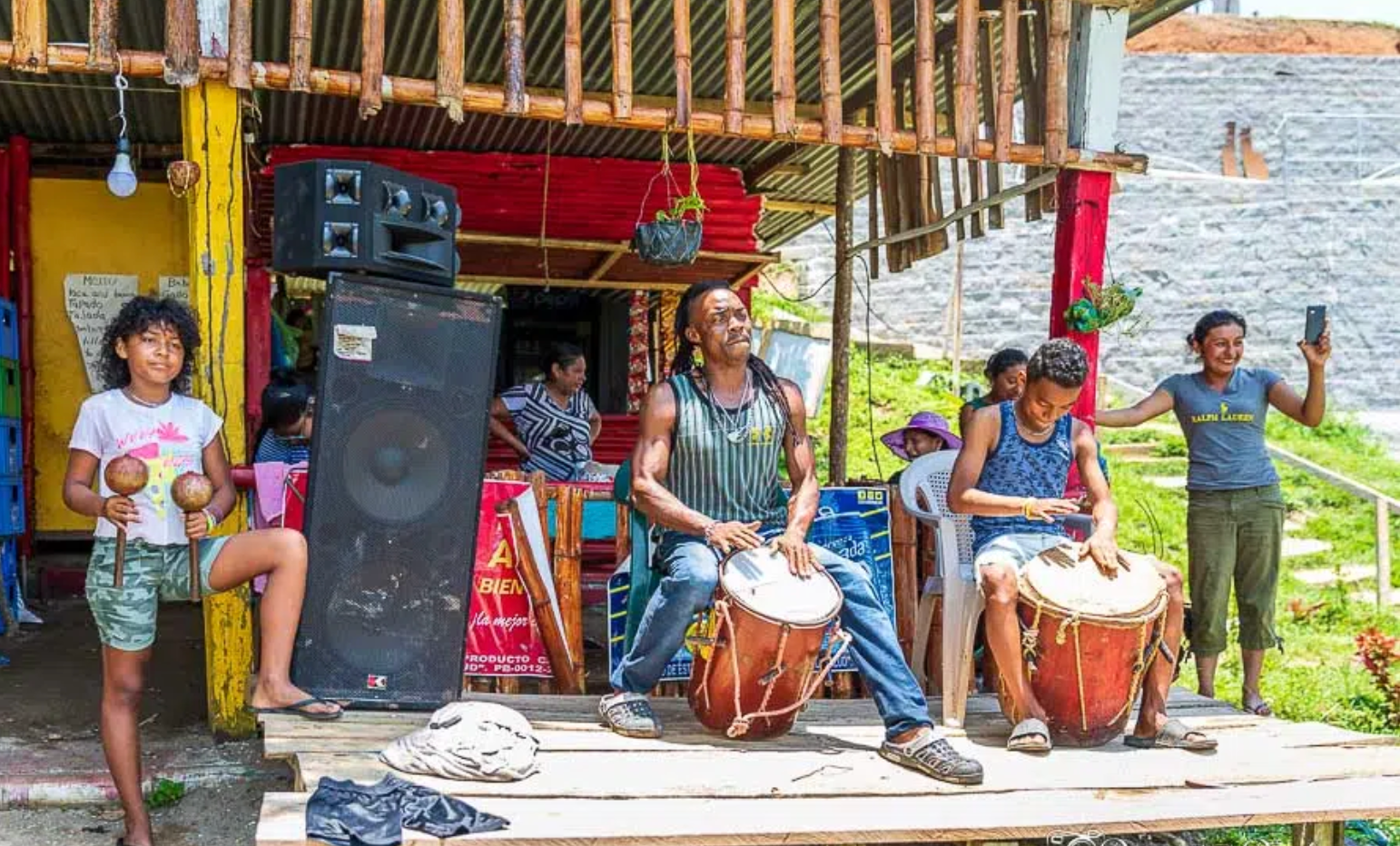
Kayak Guatemala is Lake Atitlan’s #1 base camp for exploration and adventure, offering activities like epic volcano hikes, family kayak tours, cooking classes, and village-to-village boat and walking tours. We employ and upskill underprivileged local people, plus a portion of our profits goes towards an NGO that works hard to alleviate poverty in Lake Atitlan.
